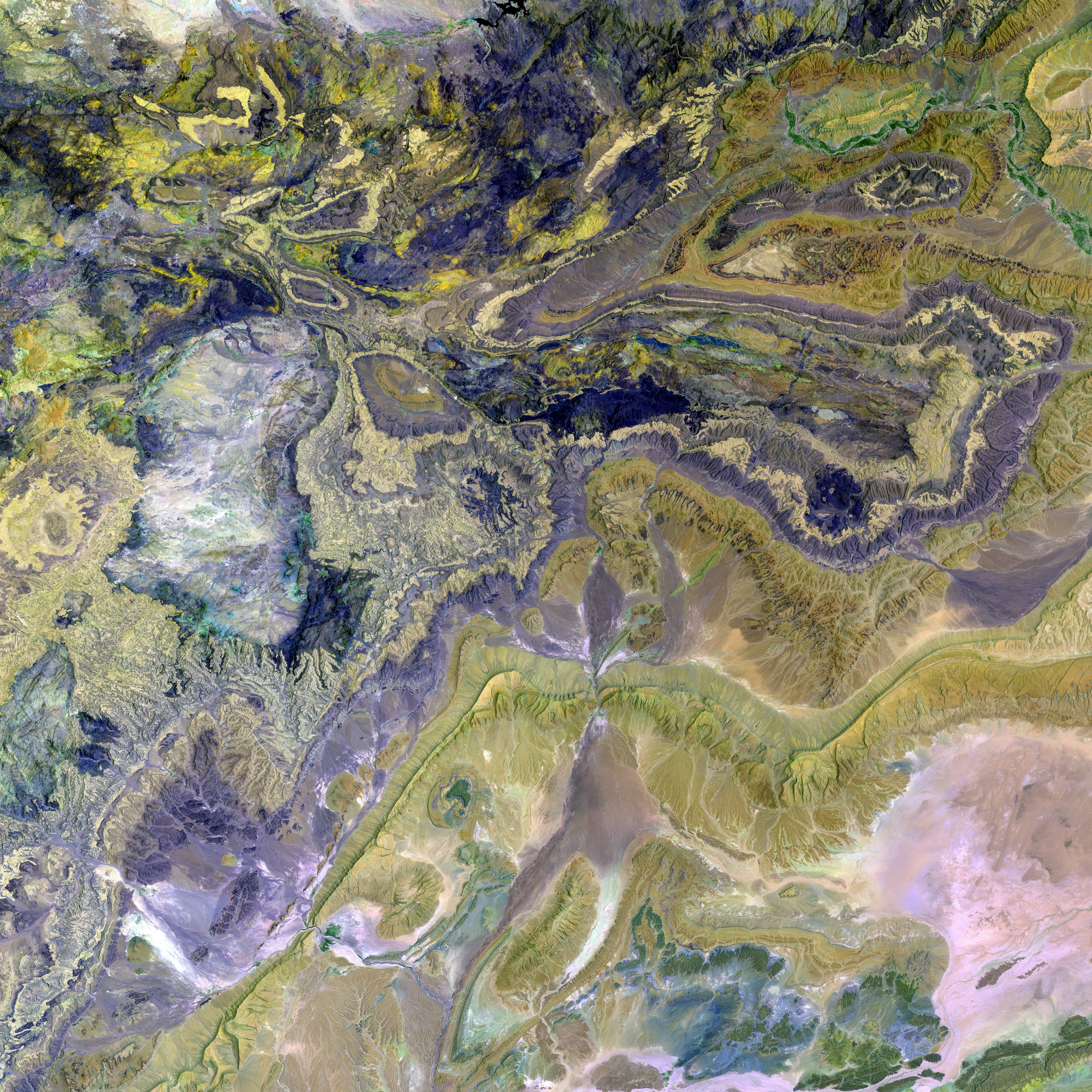Facial recognition occurs in a distinct brain region termed the fusiform face area (FFA).
Unlocking the Mysteries of Facial Recognition: Your Brain's Hidden Ally
In the fleet of our neural machinery, there exists a remarkable watchtower, nestled in the grandeur of the temporal lobe, that helps us sift through the crowd and identify a familiar face - the fusiform face area (FFA). This specialized region functions as an internal facial recognition software, processing faces with unprecedented speed and precision that challenge the limits even of the most sophisticated artificial intelligence systems.
The FFA's unique prowess doesn't stem merely from its ability to discern faces, but rather from its uniqueness in comparison to other visual-processing regions. Unlike spotting similar-looking vehicles or buildings, we can immediately recognize thousands of faces, even those long forgotten. This uncanny knack hasn't just been a convenient aid in our daily lives; throughout human history, it has played a crucial role in our evolution.
Before the emergence of language, our ancestors relied on facial recognition to distinguish friends from foes and gauge crucial emotional states, bolstering collaboration within groups. Today, we may use this skill to recognize people across the ocean or after years apart, all in a fleeting moment.
Planted along the fusiform gyrus, the neural hotspot that is the FFA, lights up dramatically when we perceive faces - remaining relatively quiet when faced with other objects. In 1997, MIT scientists led by Nancy Kanwisher first identified this region using functional magnetic resonance imaging (fMRI), revealing that this quarter-sized patch of brain tissue responds about three times more strongly to faces than to any other visual stimulus.
The astonishing speed at which the FFA processes faces is almost miraculous. In the span of 30 milliseconds, faster than the blink of an eye, this region registers a face, analyzes its features, compares it against thousands of stored face patterns, potentially identifies who it belongs to, and begins assessing emotional expressions. This lightning-fast processing happens before we even consciously notice the face. By the time we realize we're looking at someone, our brain has already completed most of its facial analysis.
The critical importance of the FFA becomes strikingly evident when examining prosopagnosia, or face blindness, where individuals struggle to recognize even familiar faces. However, despite widespread assumptions, the FFA is not a predetermined aspect of our brain structure but rather develops through extensive visual experience during early childhood. This discovery engenders a more nuanced understanding of specialized brain regions and the complex interplay between nature and nurture.
The FFA starts working with unusual efficiency by the time we're six months old, as infants instantly turn their attention towards face-like patterns following birth. As we age and navigate the increasing complexities of society, the FFA undergoes changes, indicating its adaptability. Recent research suggests that our FFA consists of multiple sub-regions, each handling distinct aspects of face processing - a revelation that may pave the way for treating conditions such as prosopagnosia and social perception disorders associated with autism.
Despite advancements in artificial intelligence, today's face recognition technology still falls short of human capabilities in certain contexts. The average human can recognize familiar faces across drastic changes in appearance, offering valuable lessons for developers in creating more human-like visual processing algorithms. With research moving forward, our understanding of the FFA continues to evolve, illuminating this vital aspect of human nature and the evolutionary forces that shaped our brains. The next time you recognize a friend across the crowded room, appreciate the remarkable neural machinery at work, confirming its role in defining what it means to be human.
[1] Kanwisher, N., McDermott, J., & Chun, M. M. (1997). The fusiform face area: A module in human extrastriate cortex specialized for face perception. Journal of Neuroscience, 17(11), 4302-4311.[2] Grill-Spector, K., Knouf, N., & Kanwisher, N. (2004). The fusiform face area subserves face perception, not generic within-category identification. Nature Neuroscience, 7(5), 555-562.[3] Duchaine, B., & Nakayama, K. (2006). The Cambridge Face Memory Test: Results for neurologically intact individuals and an investigation of its validity using inverted face stimuli and prosopagnosic participants. Neuropsychologia, 44(4), 576-585.[4] Gauthier, I., Skudlarski, P., Gore, J. C., & Anderson, A. W. (2000). Expertise for cars and birds recruits brain areas involved in face recognition. Nature Neuroscience, 3(2), 191-197.[5] Golby, A. J., Gabrieli, J. D., Chiao, J. Y., & Eberhardt, J. L. (2001). Differential responses in the fusiform region to same-race and other-race faces. Nature Neuroscience, 4(8), 845-850.
[1] The advancements in technology and artificial intelligence, such as in facial recognition systems, are fascinating, but they still linger far behind the incredible facility of our brain's internal facial recognition software, the fusiform face area (FFA), which is even more efficient than today's AI systems in processing skin-care and mental-health-related aspects like recognizing faces, a skill that dates back to our evolution.
[2] As the FFA develops through visual experience during early childhood, it’s evident that our brains' intricate interplay with our environment contributes significantly to our health-and-wellness and fitness-and-exercise routines, as it helps us recognize friends and gauge emotions at an early age.
[3] Drawing parallels between science, nutrition, and the FFA's unique prowess, it's noteworthy that the FFA reacts differently to familiar faces than to any other visual stimulus. In just 30 milliseconds, it can analyze a face, compare it against thousands of stored face patterns, and assess emotional expressions, all happening unconsciously, thereby ensuring our relationships and sense of belonging remain nourished.







